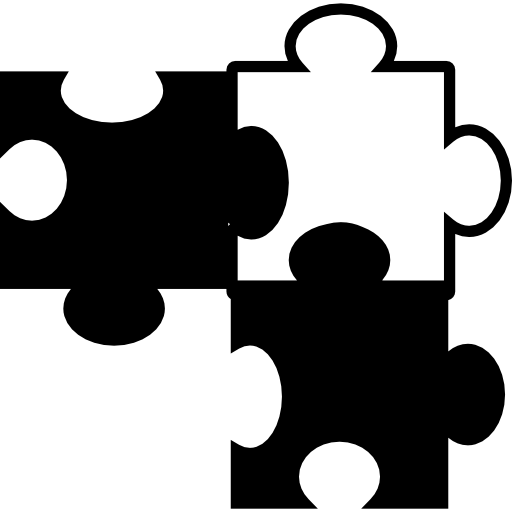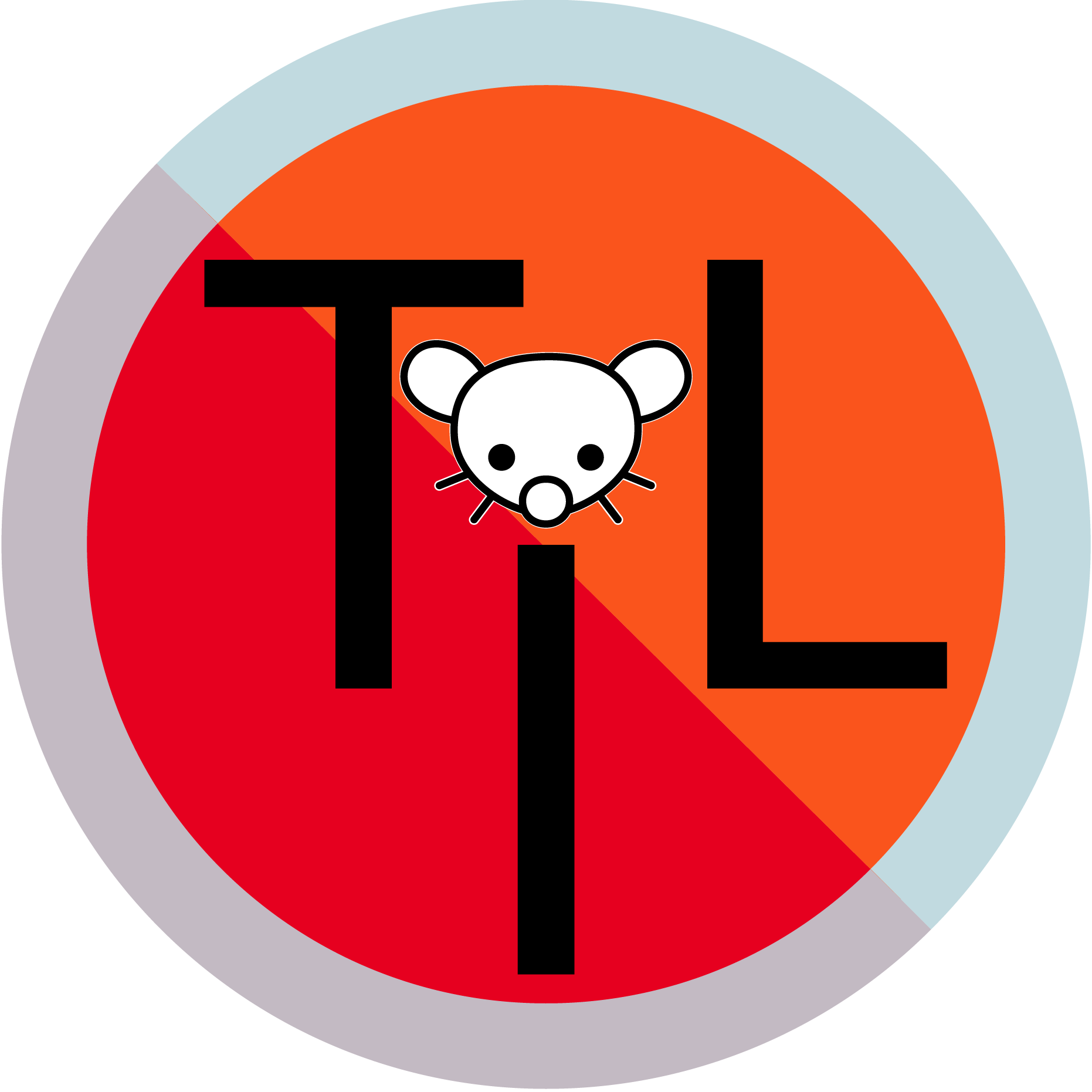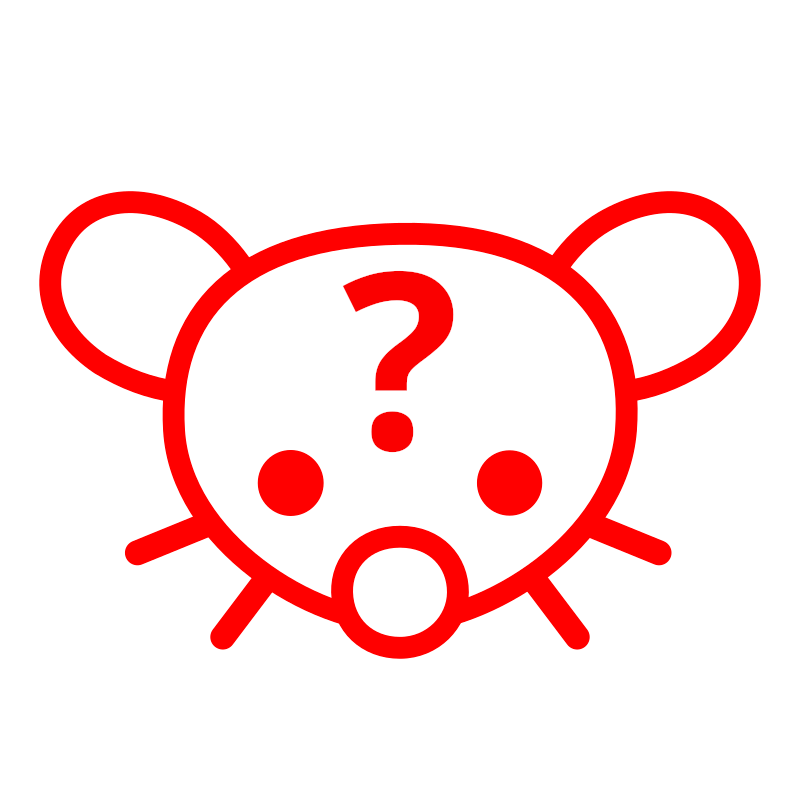

Stand


Stand


My first IT adjacent job was remote support for Support Dot Com who contracted me out to Comcast. This was just as they were trying to get away from the maligned ‘comcast’ brand by calling everything ‘Xfinity’ like they think their customers are idiots. Well, turns out they mostly are. I don’t even think I lasted six months. Despite having the best metrics in the company, I just couldn’t take the abuse, or the lack of downtime between calls.
Anyway the point is you can call up Comcast and have them put your router into ‘bridge mode’ making it essentially an expensive modem, then connect your own router.
How do you charge for a service contract on a sticker?
Stressed-out, underpaid and overworked teachers just won’t have the mental space to do these kinds of things.
Not only that, but teachers are now actively reprimanded for these kinds of interactions.


Ohhh okay. yeah I had to reread that a few times before I understood what it was trying to convey. Thank you.


Oh we are not trying to make her out as a victim now.


I had the displeasure of renting from them once. They screwed my young family coming and going, actively lied to us and misled us into making decisions that benefited them and squeezed us for every penny we had when we were just trying to get a footing in this world, and when we had enough and tried to fight back they responded by destroying my credit and making it impossible to rent elsewhere.
So you may say she didn’t deserve to die for her evil deeds, but I’m not so sure.
No longer seeking a diagnosis under the current administration. Me and my children will do our best to stay out of concentration camps. In the meantime we’ll manage as we have been.

Your supervisors are wrong. How they think that attitude is acceptable or normal is beyond me.


Miss Frizzle is definitely a bored Q.


0.o appreciate you bringing that to my attention.


There’s tons of these? I’ve been using DizqueTV for like five years without issue.


Like we don’t have child labor here in the good ol’ USA.
Because every accusation is a confession.


I know three girls who got BBLs in Florida and the “Doctor” used rubber cement. In the words of Dave Barry: I swear to god I’m not making this up! https://www.miaminewtimes.com/news/fake-doctor-injected-cement-and-fix-a-flat-into-patients-butt-6544305
Great catch! That’s a really interesting observation — but no, using em dashes and emojis alone is not a reliable way to tell AI text from human-written text.
Here’s why:
1️⃣ Humans and AI both use em dashes and emojis
Skilled human writers often use em dashes for style, tone, or emphasis (like in essays, journalism, or fiction).
Modern AI models, including ChatGPT, are trained on vast amounts of text — including texts that use em dashes extensively — so they use them naturally.
2️⃣ Em dash frequency varies by context
In formal writing (e.g., academic papers), em dashes are less common, regardless of author.
In casual or conversational writing, both humans and AIs may use them liberally.
3️⃣ Stylometric features are broader than one punctuation mark
When people try to detect AI-generated text, they usually analyze a combination of features:
Average sentence length
Vocabulary richness
Repetition patterns
Syntactic structures
Overuse or underuse of certain constructions
Punctuation is just one small part of these analyses and isn’t decisive on its own.
✅ Bottom line: Em dashes can hint at style, but they aren’t a reliable “tell” for AI detection on their own. You need a holistic analysis of multiple stylistic and structural features to make a meaningful judgment.
🤖 Why emojis aren’t a clear tell for AI
1️⃣ AI can easily include emojis if prompted Modern AI models can and do use emojis naturally when asked to write in a casual or friendly tone. In fact, they can even mimic how humans use them in different contexts (e.g., sparingly or heavily, ironically or sincerely).
2️⃣ Humans vary wildly in emoji usage Some humans use emojis constantly, especially in texting or on social media. Others almost never use them, even in casual writing. Age, culture, and personal style all influence this.
3️⃣ Emojis can be explicitly requested or omitted If you tell an AI “don’t use emojis,” it won’t. Similarly, you can tell it “use lots of emojis,” and it will. So it’s not an inherent trait.
4️⃣ Stylometric detection relies on more than one feature Like em dashes, emojis are only one aspect of style. Real detection tools look at patterns like sentence structure, repetitiveness, word choice entropy, and coherence across paragraphs — not single markers.
✅ When might emojis suggest AI text?
If there is excessively consistent or mechanical emoji usage (e.g., one emoji at the end of every sentence, all very literal), it might suggest machine-generated text or an automated marketing bot.
But even then, it’s not a guarantee — some humans also write this way, especially in advertising.
💡 Bottom line: Emojis alone are not a reliable clue. You need a combination of markers — repetition, coherence, style shifts, and other linguistic fingerprints — to reasonably guess if something is AI-generated.
If you’d like, I can walk you through some actual features that are better indicators (like burstiness, perplexity, or certain syntactic quirks). Want me to break that down?


No they are massively over budget. They haven’t gotten a budget increase yet, it just passed Congress.


Hell yeah, dude.


I’d love to play some video games, anyone know where I can find some of this free healthcare?
Hunter Biden somehow